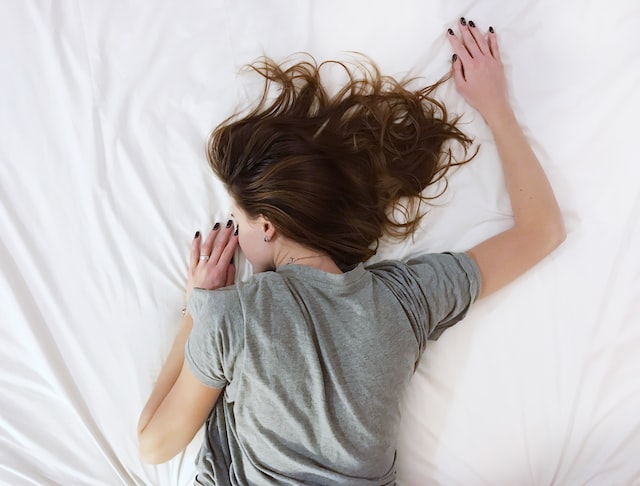Head lice are a common concern among many parents and caregivers. These pesky parasites can cause itching, irritation, and discomfort and can be difficult to get rid of. With so many different products and treatments available on the market, it can be difficult to know which options are the most effective.
At NitNOT, our mission is to provide customers with the safest and best nit treatment and information available. We understand the challenges associated with lice removal, and are here to help. In this blog post, we will discuss the top 10 questions our customers ask about head lice. We have compiled a list of the most frequently asked questions and will provide answers to each of them. These questions and answers can help provide customers with a better understanding of head lice and the treatments available.
1. How do I know if my child has head lice?
One of the most common questions we get from parents is “How do I know if my child has head lice?” To answer this question, the first thing to look for is itching, as this is the most common symptom of head lice. If your child is scratching their head a lot, it is a good indication that they may have head lice. You should also inspect their scalp and hair, looking closely for small insects, nits (eggs) or adult lice. If you do find any lice or eggs, make sure to consult a medical professional for the best treatment options.
2. How do I get rid of head lice?
Getting rid of head lice can be a difficult task. The best approach is to use a combination of methods to ensure the lice and their eggs are completely eliminated. This includes using an over-the-counter or prescription lice shampoo, combing the hair with a fine-toothed comb to remove the lice and eggs, and washing all items that the person with lice has had contact with in hot water. Additionally, vacuuming the floors, furniture and car seats can help remove any live lice or eggs that may have fallen off.
3. How do I prevent head lice?
How do I prevent head lice? The best way to avoid head lice is to practice good personal hygiene. Avoid sharing hats, helmets, combs, brushes, towels, and other personal items. Make sure to wash bedding, pillows, and stuffed animals in hot water on a regular basis. Vacuuming carpets and furniture can also help reduce the spread of lice. If someone in your household has lice, it’s essential to treat them as soon as possible to help stop the spread.
4. Does everyone get head lice?
No, not everyone gets head lice. Head lice are spread through head-to-head contact, so if someone has not had close contact with someone who has head lice, they are unlikely to get head lice. Also, head lice are species specific, meaning they only affect humans and not other animals. In addition, head lice are not able to live off the human body if they are removed, so they must be quickly treated in order to prevent them from spreading to other people.
5. Are head lice contagious?
The fifth most commonly asked question about head lice is, “Are head lice contagious?” The answer is yes, head lice can spread from person to person through direct contact or contact with objects that have been in contact with an infested person. Head lice can also be spread through shared clothing, hats, combs, brushes, towels, and other items. It is important to note that head lice do not spread any type of illness. However, if left untreated, head lice can cause a great deal of discomfort and itching, leading to difficulty sleeping.
Head lice can be a problem for anyone, regardless of age or hygiene. Knowing the answers to common questions about head lice can help you spot, treat and prevent an infestation. If you have any further questions, don’t hesitate to ask your healthcare provider or a lice professional. With the right information, you can take on head lice and win. Contact NitNOT today for more information.



